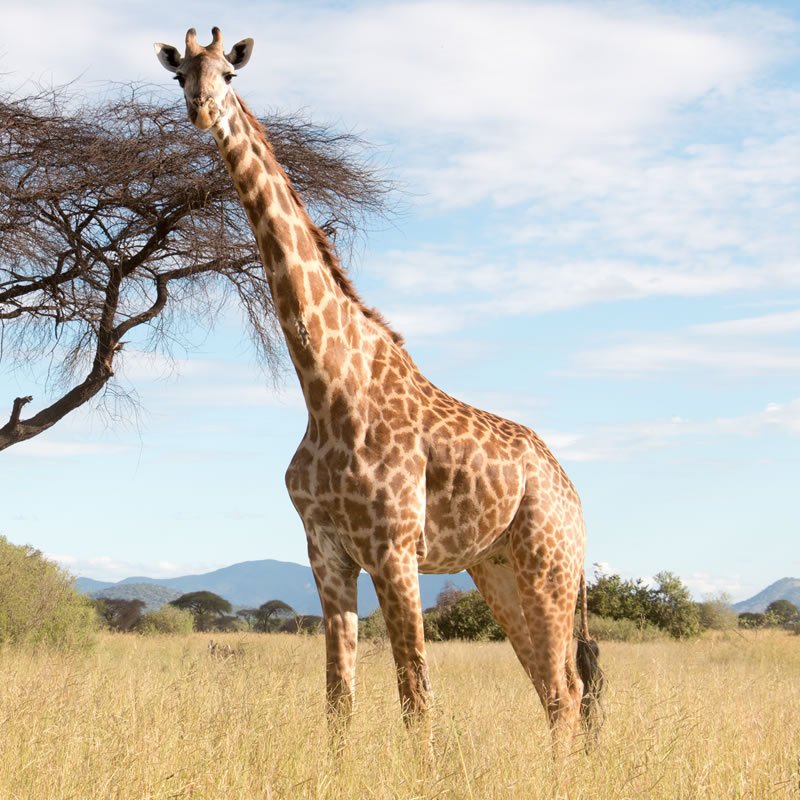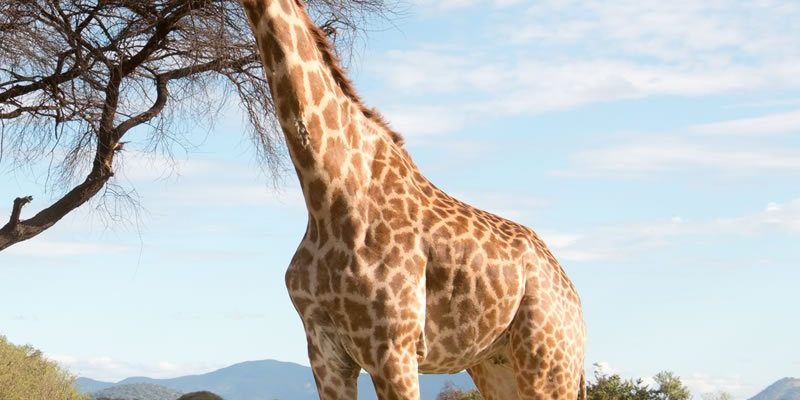
Imagine a world where these gentle giants could no longer roam the African plains. That’s a reality we might face if significant steps aren’t taken. In this article, we’ll delve into the conservation status of giraffes, explore the reasons behind their decline, and discuss what can be done to protect them. So grab a cup of coffee, settle in, and let’s unravel the complexities surrounding the fate of these iconic animals.
Understanding Giraffe Populations
To put it simply, giraffes aren’t just one single group of animals. In fact, there are several subspecies, each with its unique traits and habitats. Overall, researchers have noted a troubling trend: giraffe populations across Africa have dropped by about 40% over the last three decades. This isn’t just a small dip; it’s a significant decline that raises alarm bells among conservationists.
Giraffes used to roam widely across the African continent, from the southern regions of Africa to parts of East Africa. However, habitat loss from human activities like agriculture and urban development is squeezing their living spaces. Picture a puzzle where pieces are taken away—what remains becomes harder to fit together, and that’s what’s happening to giraffe habitats too.
You might be wondering what specific factors contribute to this decline. Well, let’s break it down. The main issues include poaching, habitat loss, and climate change. Together, these threats put enormous pressure on giraffe populations, making it crucial to understand how we can help.
The Threat of Habitat Loss
Habitat loss is one of the most pressing threats facing giraffes. As humans expand their agricultural lands and build urban areas, natural habitats are either destroyed or altered. Imagine a bustling city where once there was a vibrant forest—it’s easy to see how this can lead to the decline of wildlife.
Giraffes need large areas to feed and roam, and when their territory shrinks, they are forced into smaller regions where food may be scarce. This situation can lead to increased competition for resources, ultimately resulting in lower birth rates and higher mortality rates among these beautiful animals.
One major contributor to habitat loss is agriculture. Farmers often clear land for crops, leaving little space for wildlife. In addition, when livestock are introduced, they compete with giraffes for grass and other vegetation. You might think, “Surely there’s a balance?” but often, the needs of wildlife are overlooked in favor of farming and development.
Impact of Poaching on Giraffes
While habitat loss is a major player, poaching is another critical threat to giraffes. Poaching refers to the illegal hunting of wildlife. Unlike elephants or rhinos, giraffes don’t have tusks or horns that are highly valuable in the black market, but their meat and hide can still attract poachers.
Poaching can decimate local populations, especially when younger giraffes are taken. Loss of young individuals can disrupt breeding and reduce genetic diversity, which is vital for the long-term survival of any species. Think of it like a family tree: if branches start breaking off, the tree itself becomes weaker.
Efforts to combat poaching are underway, with many conservation organizations working tirelessly to protect giraffes. They provide education to local communities, emphasizing the importance of preserving wildlife not just for the animals themselves but also for future generations of humans who will share this planet.
Climate Change and Its Effects
Climate change is another significant concern for giraffe survival. As temperatures rise and weather patterns shift, giraffes face various challenges that can impact their health and habitat. For instance, droughts can make it harder for giraffes to find food and water.
These changes also affect the vegetation giraffes depend on. As different plant species struggle to adapt to a changing climate, the availability of food might dwindle. Imagine being at a buffet where your favorite dishes start disappearing one by one—it’s not a pleasant experience for anyone, and it’s no different for giraffes.
Moreover, severe weather events, like floods or heatwaves, can further disrupt giraffe habitats and migration patterns. To mitigate these effects, many organizations advocate for climate action, highlighting the intertwined relationship between climate health and wildlife survival.
Conservation Efforts: What’s Being Done?
Despite the challenges, there’s hope for giraffes through various conservation efforts. Non-profit organizations, governments, and local communities are stepping up to ensure a future for these remarkable creatures. Education plays a crucial role—by raising awareness about the plight of giraffes, communities can become more invested in protecting them.
Protected areas and national parks have been established across Africa to safeguard giraffe habitats from human encroachment. These safe zones allow giraffes to roam freely without the threat of poaching or habitat loss. Additionally, wildlife corridors are being created to connect fragmented habitats, ensuring that giraffes can access the resources they need to thrive.
Moreover, some innovative projects focus on community-based conservation. By involving local communities in protecting wildlife, they can reap the benefits of ecotourism, which provides jobs and boosts the economy while fostering a sense of pride in their natural heritage.
How Can You Help Giraffes?
Feeling inspired to take action? You don’t have to be a conservationist to make a difference in the lives of giraffes. Here are some simple yet impactful ways to help:
- Support conservation organizations: Donating to reputable wildlife protection groups can directly aid giraffe conservation efforts.
- Spread awareness: Talk about giraffe conservation with friends or on social media. The more people know, the more we can mobilize support.
- Choose sustainable products: Support businesses and brands that prioritize sustainability and wildlife protection in their practices.
- Visit responsible wildlife experiences: Participate in eco-friendly tours that promote conservation and responsible wildlife viewing.
Every action counts, no matter how small. By integrating awareness and support into our lives, we can create a ripple effect that helps protect the giraffes we admire.
So, are giraffes endangered? Yes, they face significant threats from habitat loss, poaching, and climate change. However, there’s a silver lining. Thanks to conservation efforts and growing awareness, we have the power to turn the tide.
When we come together—individuals, communities, organizations—we can make a real impact. Protecting giraffes isn’t just about saving a species; it’s about preserving the beauty and richness of our planet for generations to come. Let’s keep the conversation going, advocate for the voiceless, and ensure our world continues to be a place where giraffes can thrive.

